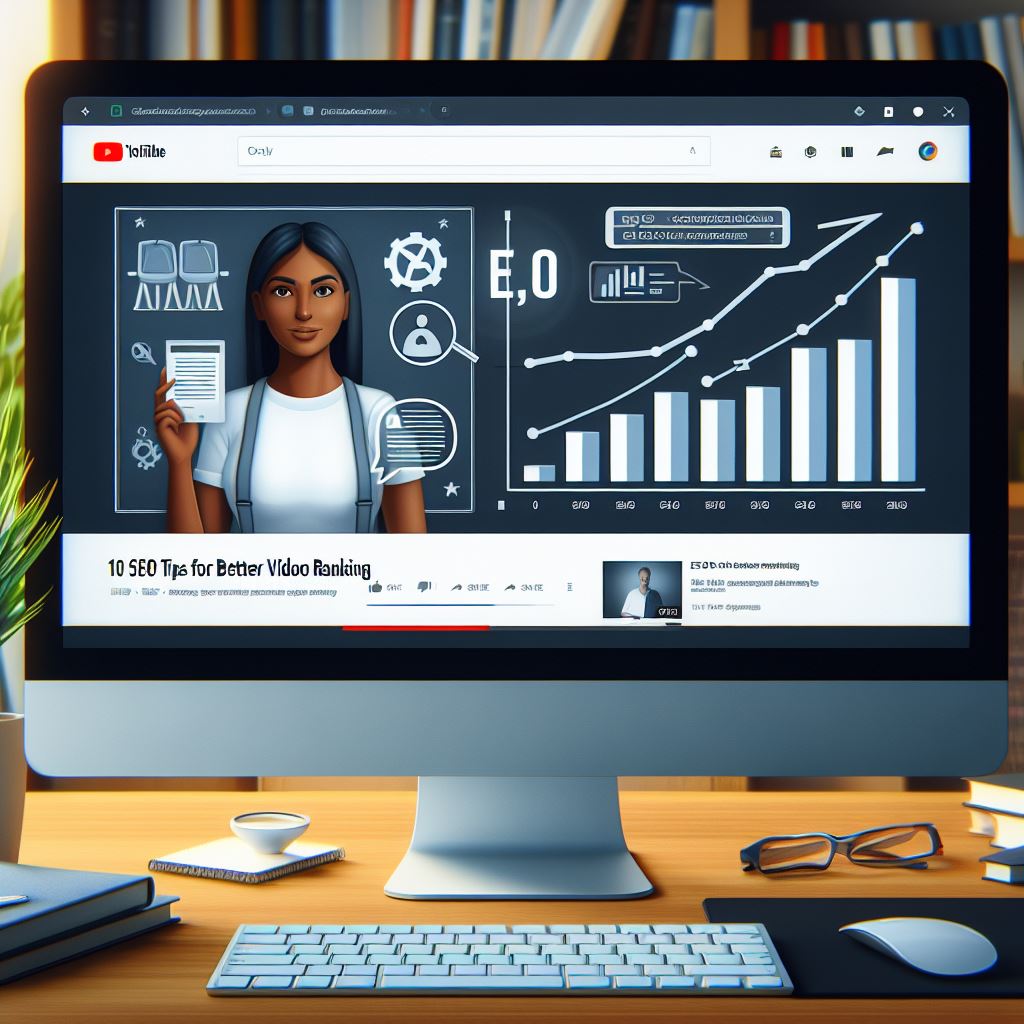Unlocking the Secrets to Amplify Your Google Traffic
Getting to the top of Google’s search engine result pages (SERPs) is like stumbling upon a gold mine for any website owner in today’s digital age. A prominent position can help your website get seen by millions, driving huge traffic and boosting your online brand presence. This guide will go over actionable methods and tips from inside that would greatly increase the number of people visiting your site through Google.
Mastering Keyword Research: The Foundation of Your SEO Strategy
Meticulous keyword research lies at the core of every successful SEO campaign. Understand that finding proper keywords is important as these are phrases used by your prospective customers while searching for answers online. You should focus on long-tail keywords which despite having low search volumes have high conversion rates since they are more specific. Utilize tools like Google Keyword Planner or SEMrush to find out keywords that are relevant, with a considerable search volume and are possible in competition terms.
Optimizing Your Website’s Architecture for Search Engines
The structure of your site is one aspect of SEO you might forget about. It is an advantage to have an organized and well-structured site because it enhances user experience and it also helps Google bots in indexing your content. Make sure that you make your site mobile-friendly as Google tends mainly to index and rank based on mobile-content versions. Speed is another factor; when a site loads fast, bounce rates decrease significantly leading to overall improvement in satisfaction among users.

Crafting High-Quality, Engaging Content
Content dictates everything when it comes to SEO campaigns. However, crafting content that resonates with your target audience requires an understanding of their wants as well as needs. It should provide information, be interesting and most importantly useful for readers. Include target key words but do so naturally such that they fit into the sentence without appearing forced or disruptive within the context. Remember always why you wrote this piece – if not then it would seem as though we just gave your audience more questions.
Building a Robust Backlink Profile
Backlinks are a way of telling Google that other websites think your content is good and authoritative. It is best to aim at high-quality backlinks from trusted sites in the same niche. Guest blogging, link reclamation, and shareable info graphics are some of the ways that you can build a strong backlink profile. Nevertheless, avoid unethical SEO practices such as purchasing links which may lead to penalties from Google.
Leveraging the Power of Social Media
Social media platforms do not have direct effect on rankings in Google but they can greatly expand your content’s reach thereby leading more people to visit your site. Distribute your content across different social media platforms, communicate with followers and ask them to repost your posts. This helps to build visibility which will attract more backlinks and traffic hence enhancing SEO efforts indirectly.
Monitoring Your Progress and Adapting Your Strategy
SEO is not something that you set up once and it remains like that forever; it needs constant observation and adjustment. Apply tools like Google Analytics or Google Search Console for monitoring how well your website has performed so far as well areas where improvements should be made so that you can refine accordingly. Keep yourself updated about the latest trends in SEO along with algorithm updates in order for your strategies to remain relevant even today.
As a conclusion, boosting your Google traffic is a complex procedure that requires you to know who your target audience is, optimize your site, develop great content, build strong backlinks and use social media. Applying these methods will increase your website’s visibility thereby bringing in more visitors and fulfilling the objectives of digital marketing.


















